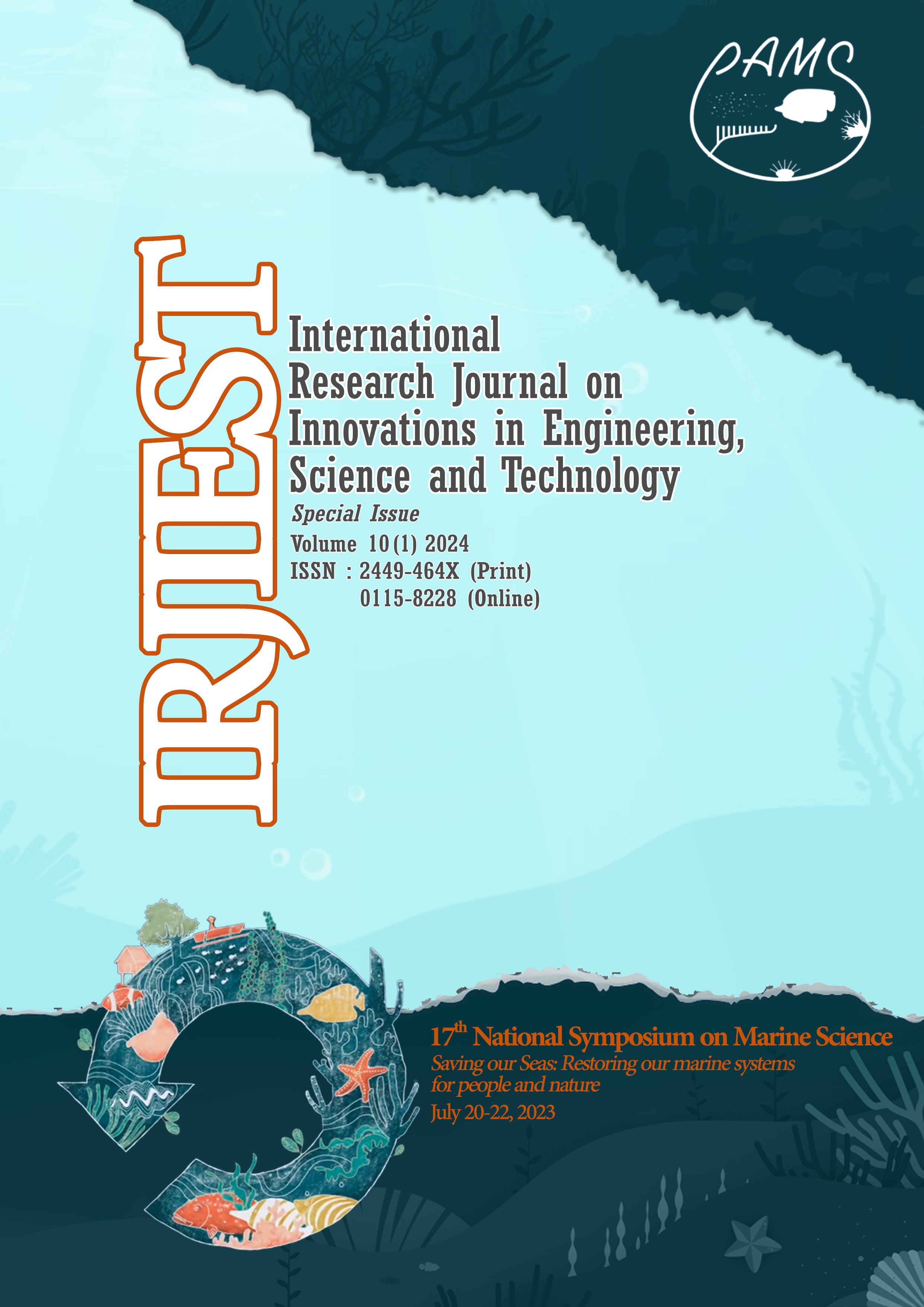Fewer but bigger fish? Examining the long-term effects of protection in a marine sanctuary in Verde Island Passage
Keywords:
coral reef fish, marine protected areas, size structure, Twin Rocks Marine SanctuaryAbstract
Monitoring marine protected areas is important in assessing their effectiveness in accumulating fish biomass, yet much of these monitoring efforts are intermittent. This study examined the long-term effects of protection on the community and size structure of commercially targeted reef fishes in Twin Rocks Marine Sanctuary (TRMS), in Mabini, Batangas. Data inside and outside the sanctuary collected by Conservation International in 2009 and the Coral Reef Visualization and Assessment (CoRVA) project in 2015 and 2018 were analyzed. Total fish abundance and biomass were found to be higher inside than outside TRMS in 2009, but decreased inside TRMS in later years. These declines appeared to be associated with the drop in the abundance of transient schooling species such as jacks, fusiliers, and barracudas that were observed in more recent years, especially inside TRMS. However, other reef-associated species such as surgeonfishes and parrotfishes also declined in their abundances or biomass since 2009. Interestingly, modal sizes of most targeted families, excluding transient species, appeared to increase inside and outside TRMS through time. In contrast, transient fish families observed inside TRMS were smaller in 2018 than in 2009. These suggest that TRMS had a positive effect on the growth of most fish populations. However, the small area (22.91 ha) of TRMS may not be effective in protecting transient fishes with larger home ranges. Further, shifts in benthic composition to algal and abiotic components could have also driven the declines of other fish populations. We suggest expanding the area of TRMS and addressing the underlying drivers of its habitat degradation.
Downloads
Published
How to Cite
Issue
Section
License
Copyright (c) 2025 International Research Journal on Innovations in Engineering, Science and Technology

This work is licensed under a Creative Commons Attribution-NonCommercial-NoDerivatives 4.0 International License.

